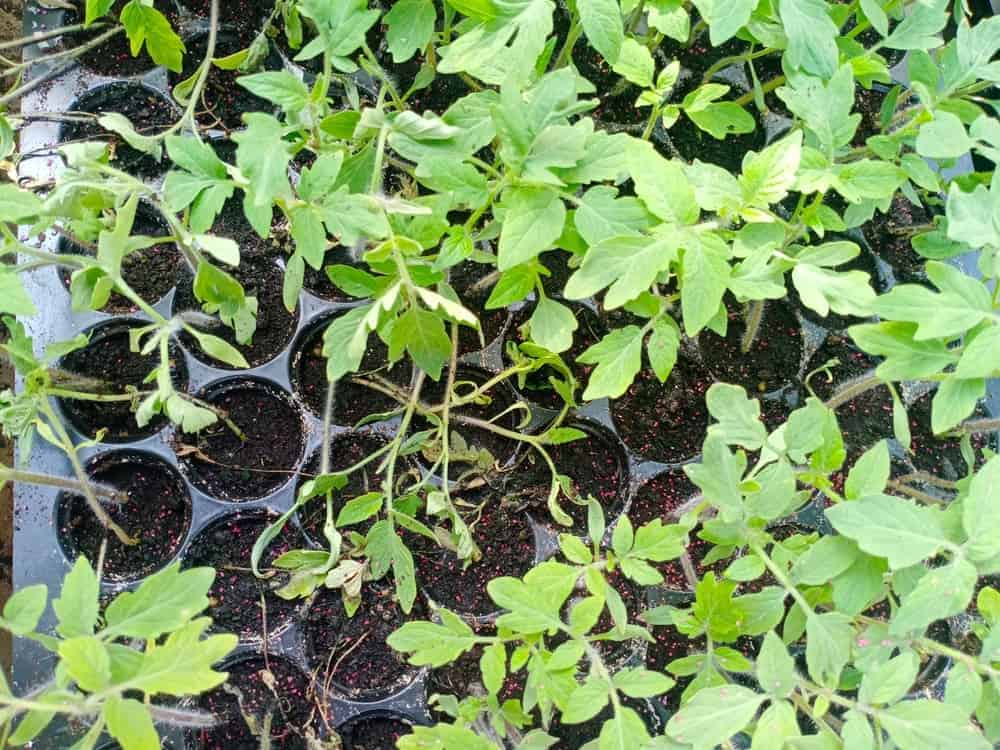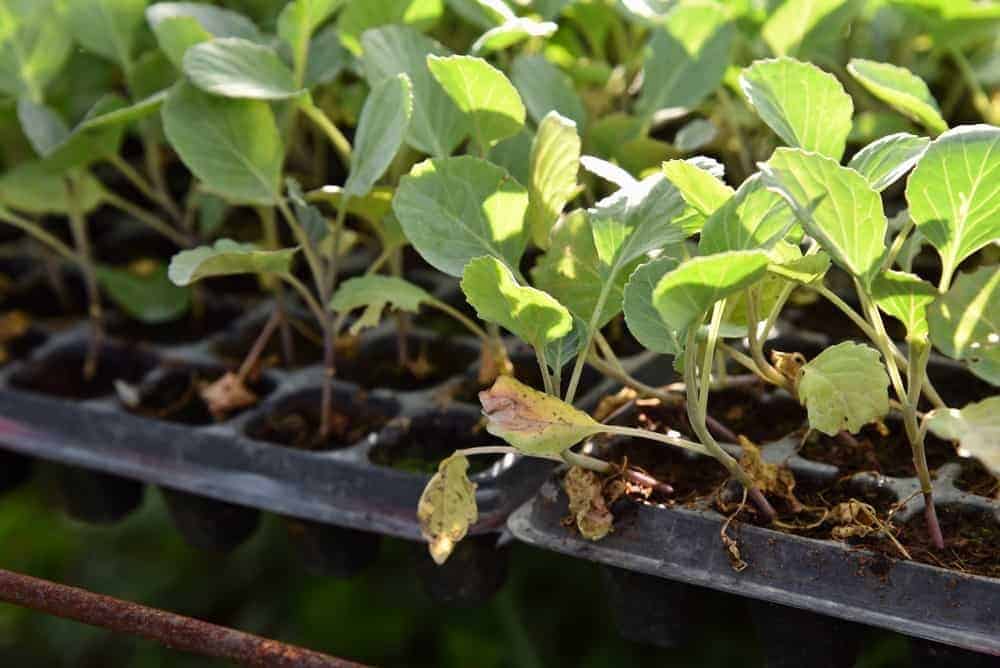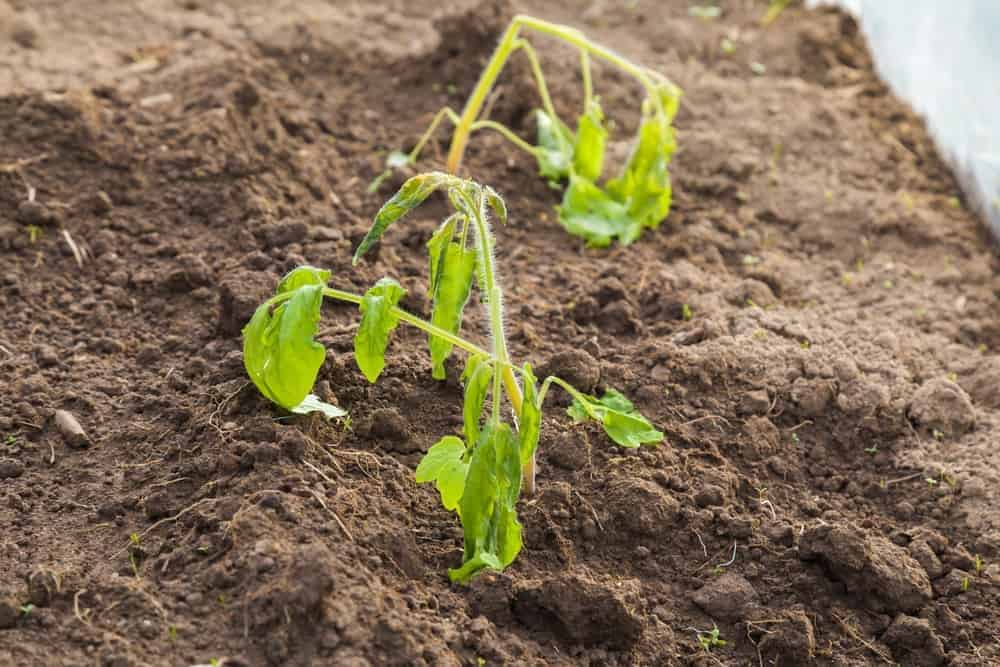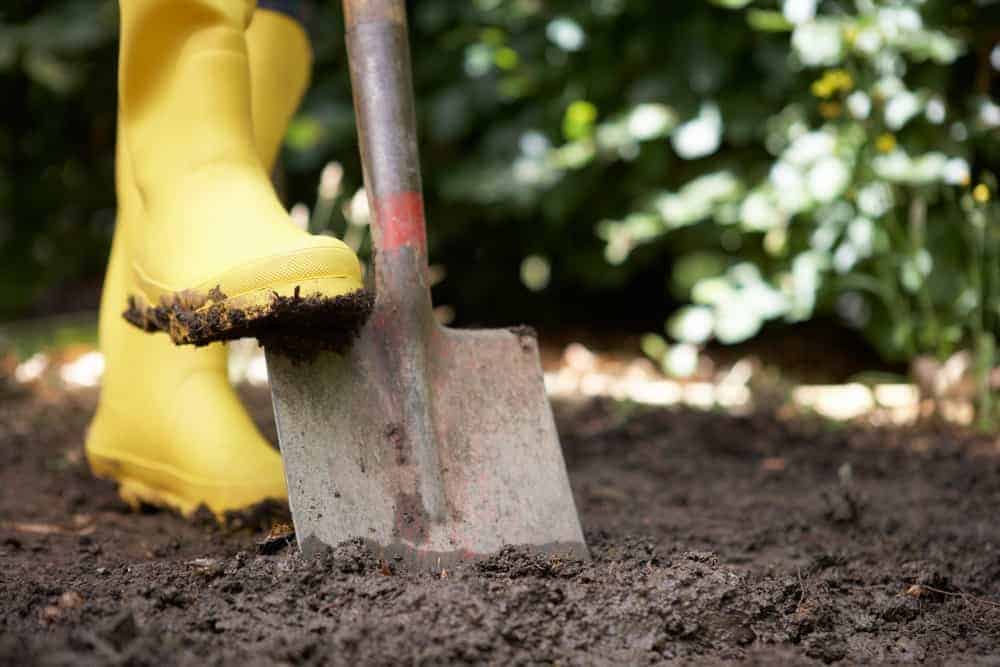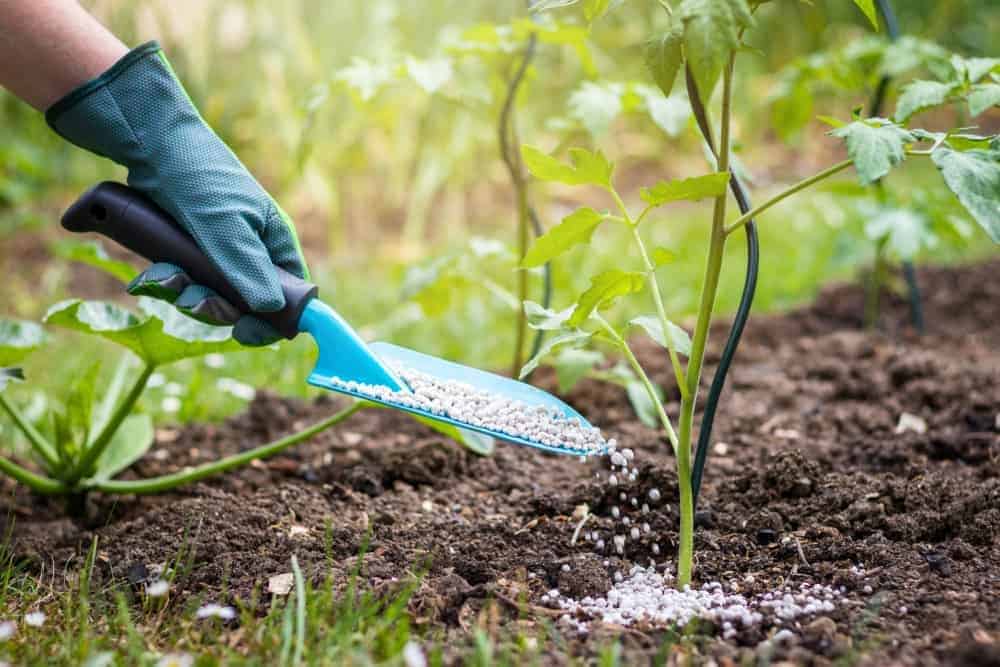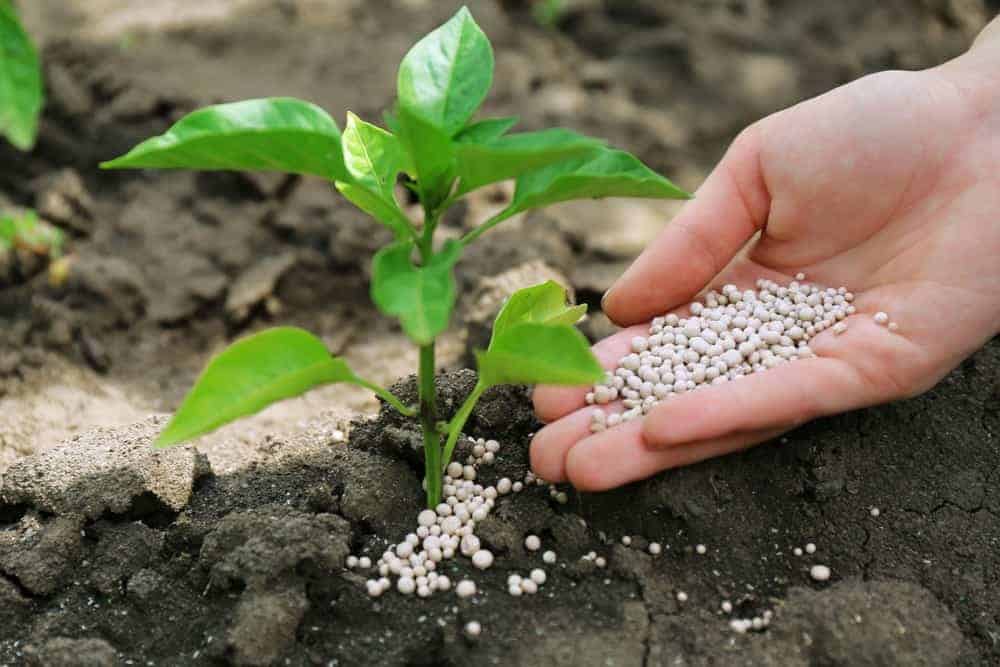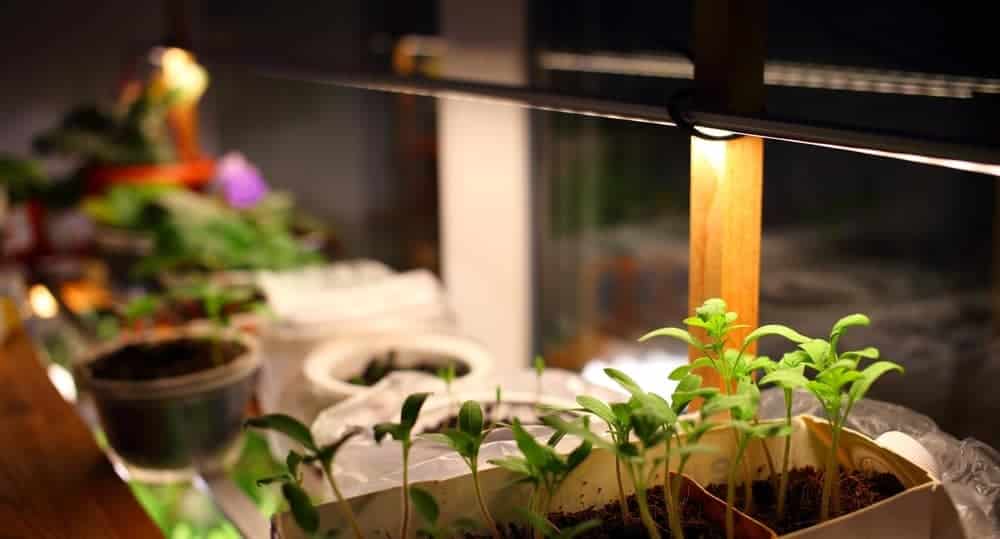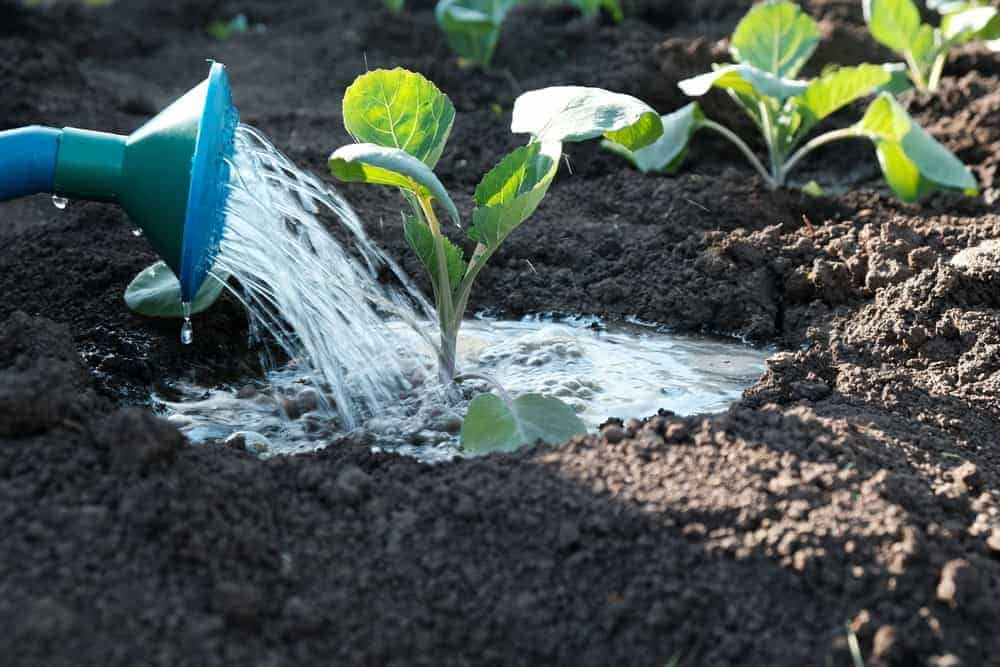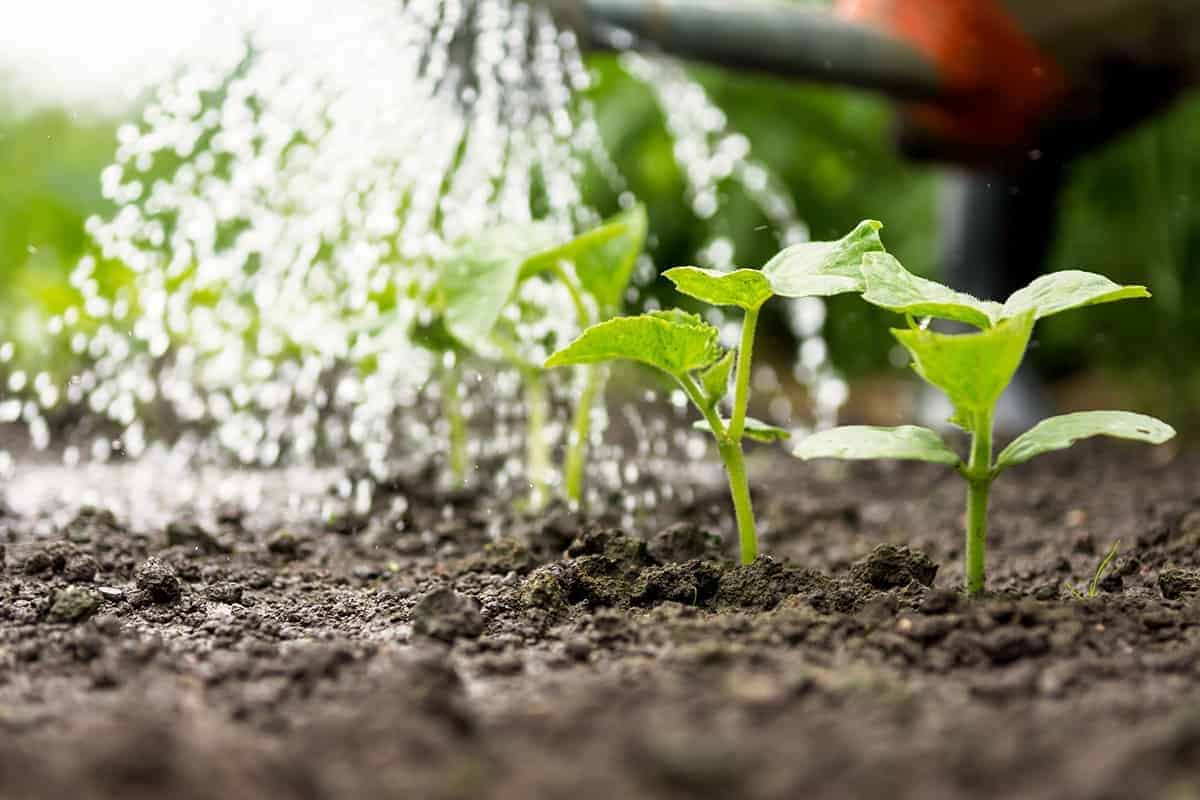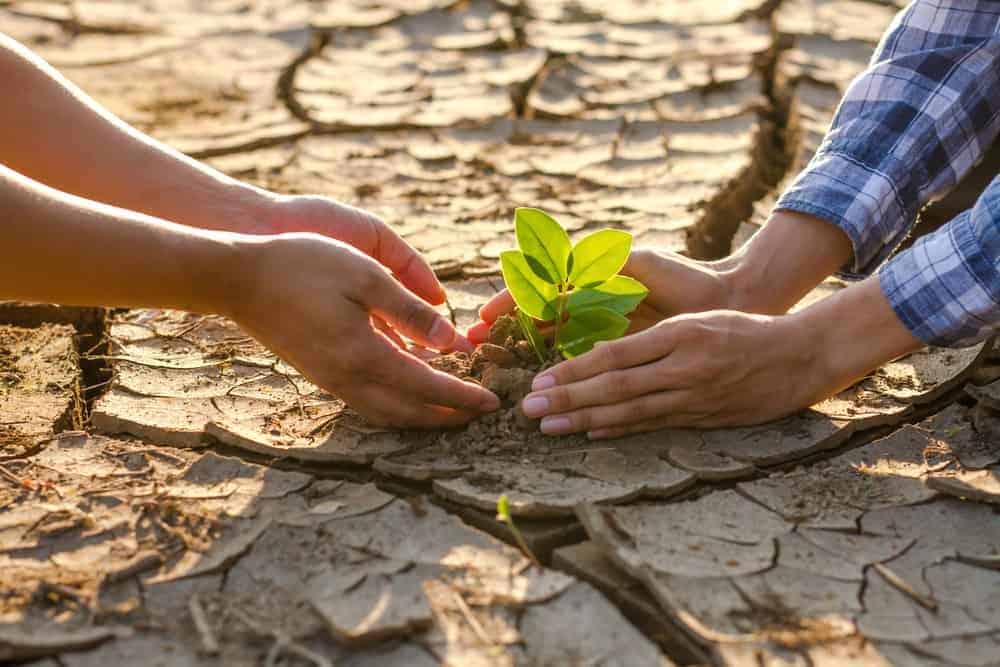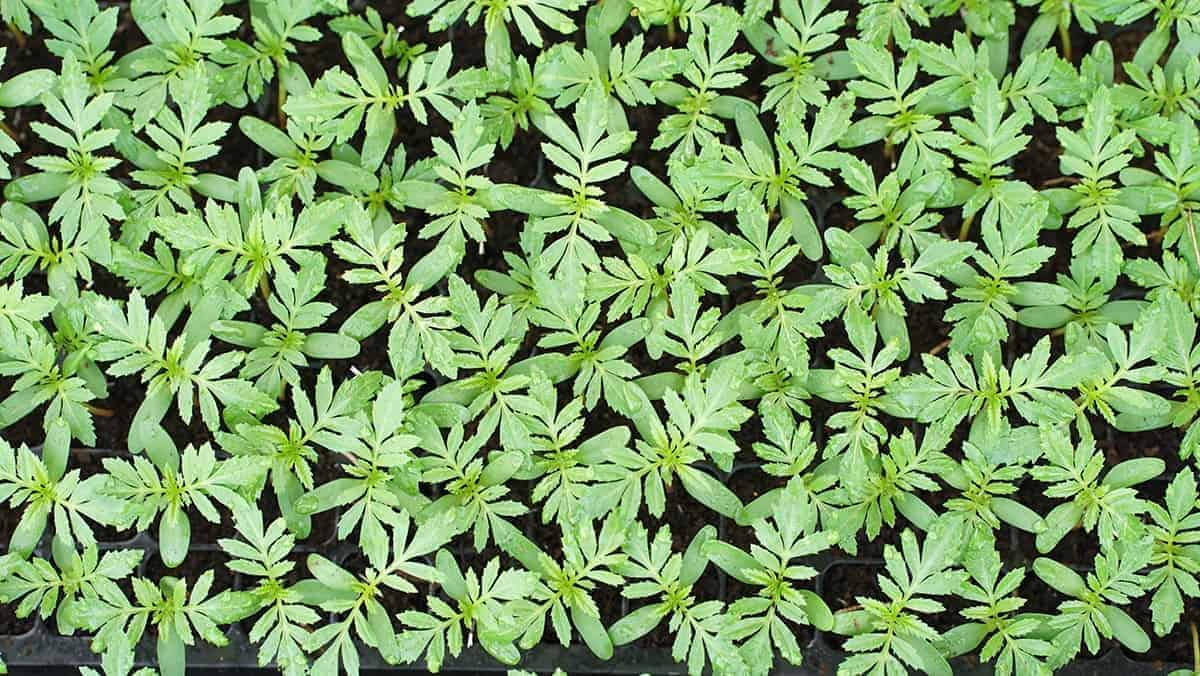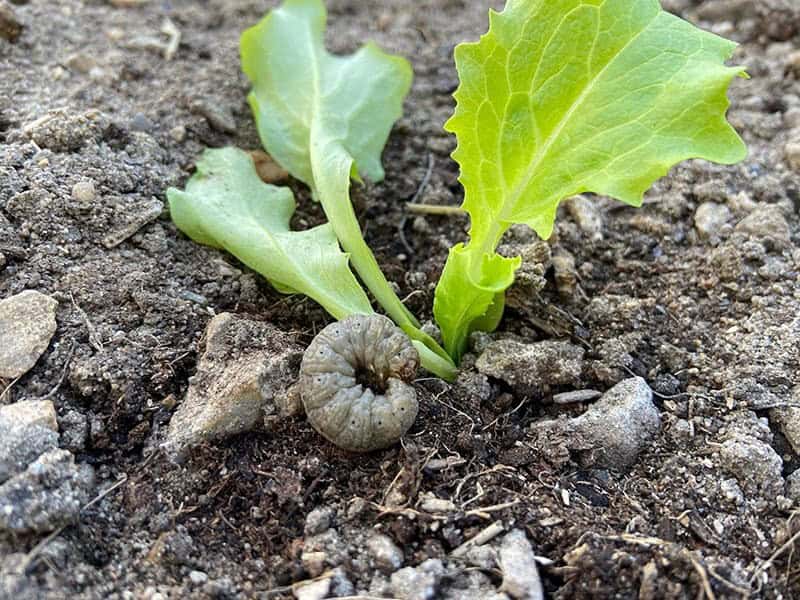The thrill of witnessing seeds sprout into life is unmatched for gardeners. The rush of excitement as tiny veggie seedlings emerge from the soil and reach for the warm spring sunshine never gets old. However, when these early promise-seekers suddenly falter, it can be a crushing disappointment. That’s why it’s crucial to identify and address common seedling failure causes before they spell disaster for your plant babies.
Fortunately, by understanding 12 key factors that can lead to seedling failure, you’ll be better equipped to prevent or rectify the issue before it’s too late.
Damping-Off Disease
When seedlings start out strong but eventually succumb to disease, damping-off is often the culprit. This condition is caused by soil-borne pathogens like Fusarium, Alternaria, and Botrytis, which target plant root cell walls, ultimately leading to withering and death.
These pathogens thrive in cool, damp environments, making it crucial to take preventive measures.
To avoid damping-off, adopt the following strategies:
Start your seedlings in a sterile medium instead of traditional garden soil. This breaks the transmission cycle for these pathogens.
Avoid transferring outdoor soil to indoor pots or trays. Any residual spores can find their way into your newly started seeds and cause problems.
Sterilize all equipment thoroughly, including pots, trays, tools, and even last year’s reusable containers.
This includes washing them in hot, soapy water followed by a soaking in hot water with added bleach to eliminate any remaining pathogens.
Insufficient Ventilation
When indoor gardeners use plastic domes or countertop greenhouses, they often inadvertently suffocate their plants by restricting airflow. This can be particularly problematic when seedlings are confined to these enclosures. If your seedlings appear wilted and sluggish, it may be due to a lack of breathability. A simple solution is to remove the dome covers entirely, allowing for improved air circulation.
Alternatively, if you’re concerned about pets or children accessing your seedlings, consider punching additional ventilation holes into the dome. This can be done using a plastic punch or even a knife, doubling the existing hole count before reattaching the cover. By taking these steps, you’ll help prevent suffocation and promote healthy growth for your indoor plants.
Trauma
It’s a scenario many of us have experienced – giving our beloved tomato seedlings to friends or family members only to receive devastating news: they’ve all perished. Such was the case when I gifted a tray of vibrant tomato seedlings to a friend, only to be told a week later that they had succumbed to their new environment. Further investigation revealed that her husband’s well-intentioned daily hose sprays had proven too much for the young plants, ultimately leading to their demise.
This highlights two common pitfalls when it comes to seedling care: over-watering and premature hardening off. The pressure from above and excessive moisture can be too great for fragile stems, while rushing to acclimate them to outdoor conditions before they’re ready can lead to chilling temperatures taking their toll.
Incorrect Soil Composition
Soil can be detrimental to seedlings in more ways than one. Not only can it harbour harmful pathogens, but it can also impede growth due to its physical properties. For instance, soils with high clay content may be too dense for young roots to penetrate effectively, while those with excessive sand may not retain sufficient moisture to support life. This highlights the importance of using a growing medium specifically designed for starting seeds, rather than relying on standard yard soil.
Nutrient Deficiencies
To ensure your veggie seedlings thrive and develop into robust, healthy plants, it’s essential to provide them with an adequate supply of nutrients. Without sufficient nutrition, growth can be hindered, resulting in stunted or discolored leaves. What was once a vibrant, green canopy may deteriorate into a dull, yellowish hue. To combat this issue, consider introducing a balanced fertilizer once your seedlings have reached three sets of leaves.
A diluted fish emulsion, either homemade or commercial, can be an effective solution. Alternatively, you could opt for compost tea as a nutrient-rich feed supplement.
Fertilizer Burn (Too Many Nutrients)
While excess fertilizer can be just as detrimental to seedlings as a lack of nutrients, the issue arises when there are more nutrients present in the soil than they can efficiently absorb. This can lead to a phenomenon known as ‘chemical burn’ on their roots or stems. To avoid this problem, it’s essential to exercise caution when introducing slow-release fertilizers into the soil where you’re planting seeds.
Instead, opt for organic products and refrain from applying any fertilizer until your seedlings have developed at least two sets of leaves. If you do decide to provide additional nutrients, be sure to follow the instructions on the packaging meticulously. In fact, it’s even a good idea to dilute the fertilizer slightly to prevent overwhelming your young plants.
Wrong Lighting (Too Much or Too Little)
Veggie seedlings require a precise balance in lighting conditions to thrive. Insufficient light can lead to stunted growth, with leaves failing to develop properly and a halt in development altogether. On the other hand, excessive light can cause issues such as rapid leaf growth that outpaces stem development, resulting in scorched or dehydrated leaves. To strike the right balance, it’s essential to provide seedlings with around six hours of indirect natural light.
As they mature and become more resilient, you can gradually introduce direct sunlight, allowing them to adapt to the increased intensity.
Overwatering
When it comes to watering seedlings, a delicate balance is crucial. Too little water can be detrimental, but too much can be fatal. This is because excess moisture in the soil prevents roots from absorbing vital oxygen, causing them to drown and decay. If left unchecked, this rot can spread to surrounding plants, rendering them unsalvageable. Additionally, overwatering can lead to mildew growth, posing a significant threat to nearby vegetation.
To ensure your seedlings receive just the right amount of hydration, aim to water when the top 1/2 inch (1 cm) of soil feels dry to the touch. You can do this by inserting your index fingertip into the soil and feeling for moisture before the nail is fully submerged. This way, you’ll know if the soil is moist but not sodden. When seedlings are cultivated in trays, consider watering from below by pouring water into the holding tray beneath their cells.
This allows the soil to absorb just enough water without becoming oversaturated. Alternatively, when planting directly in an outdoor garden, water lightly at soil level every couple of days.
Underwatering
Just like too much light or fertilizer can have detrimental effects, a lack of essential elements can also be devastating for plants. A common mistake many gardeners make is under-watering their seedlings, which can lead to dehydration and ultimately, death. Water plays a crucial role in plant life, serving as the foundation for structural support, photosynthesis, and transpiration. Without it, plants are unable to survive, much like humans require oxygen to breathe.
To ensure your plants receive the right amount of moisture, check the soil daily by inserting your finger into the soil up to half an inch deep. If you notice any signs of distress, such as wilting or drooping, take immediate action and water them at the soil level rather than from above. This approach not only prevents damage but also helps prevent the growth of mildew.
Incorrect Temperature (Too Cold or Too Hot)
When it comes to growing veggie seedlings, many people struggle with less-than-ideal conditions. One common issue arises when multiple species are grown together without considering the unique needs of each plant. This can lead to underperformance or even failure to thrive. To avoid this, it’s essential to understand the specific requirements for each species before planting.
For instance, plants like tomatoes and peppers require plenty of sunshine and warmth to flourish, while others like peas and kale prefer a cooler environment with filtered light. By reading seed packets carefully and placing each variety in its optimal growing conditions, you can create an environment where your seedlings truly thrive.
Overcrowding
When it comes to veggie seedlings, competition for limited nutrients can lead to some intense battles – just like those squirrels fighting over peanuts! In a small space, multiple seedlings vying for the same resources can result in one of three unsavory outcomes: one seedling dominates while others falter, all seedlings struggle to survive, or none succeed at all. If you’re confident that all your seeds will germinate, planting one per cell might be the way to go.
However, with an average germination rate of 80% for fresh seeds, it’s often better to plant more than one per cell to account for those that won’t make it. Overcrowding can occur when more seeds sprout than intended, making it essential to avoid this by sticking to a single seed per cell or using alternative methods like starting seeds in damp paper towels before transplanting them into their growing medium.
As a last resort, you can even prune the weaker stems at soil level and let the healthiest ones thrive.
Animal or Insect Interference
Losing a crop to pests is a frustrating experience I’m familiar with. In my gardening journey, I’ve encountered numerous instances where cutworms, marmots, birds, cats, dogs, rabbits, house mice, aphids, spider mites, flea beetles, cabbage white butterflies, whiteflies, leaf miners, and other insects have devoured my veggie seedlings.
It’s not just the critters mentioned earlier; wild mice, shrews, voles, various birds, and even deer can also ravage your sprouts if you sow seeds directly outside. To safeguard your young plants from these predators, it’s essential to provide protection as they grow. If you have a greenhouse or tunnel, consider starting your seeds inside for added security.
For those who start seeds indoors, aim for cloches, domes, or countertop greenhouses that offer sufficient ventilation for airflow and evaporation. With proper ventilation, these structures can effectively shield your plants from harm until they’re robust enough to withstand the elements.
A Few Last Tips
Opt for seed varieties that have innate immunity against various diseases whenever possible. This natural defense mechanism helps veggie seedlings establish a strong foundation, making them more resilient to mildews and rots. To set the stage for success, begin by sowing seeds in a controlled environment like a growing medium rather than soil. Regular monitoring is key – daily checks will reveal whether your young plants need adjustments in light, water, or nutrition.
By providing the right conditions, you’ll be nurturing robust and thriving plants that can eventually contribute to a bountiful harvest, allowing you and your family to reap the rewards of your labor.
